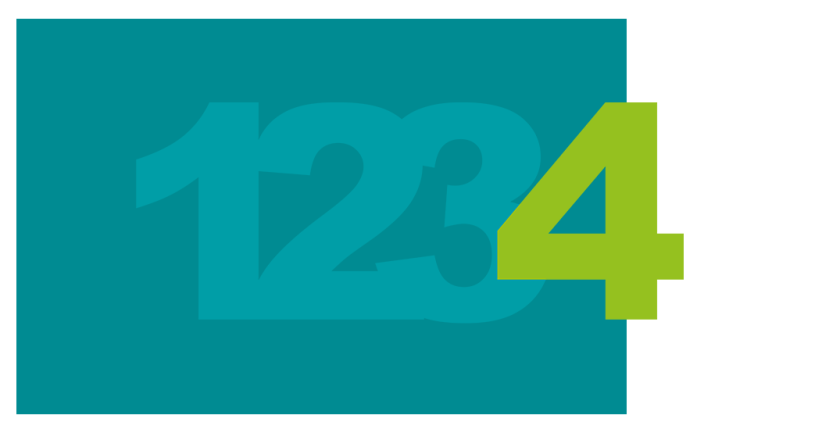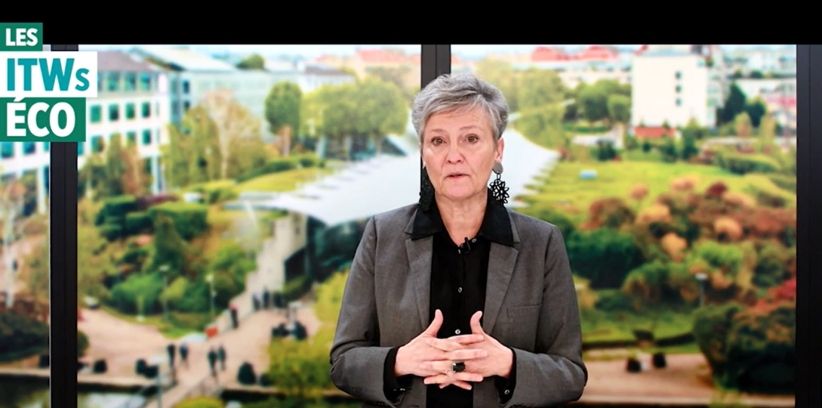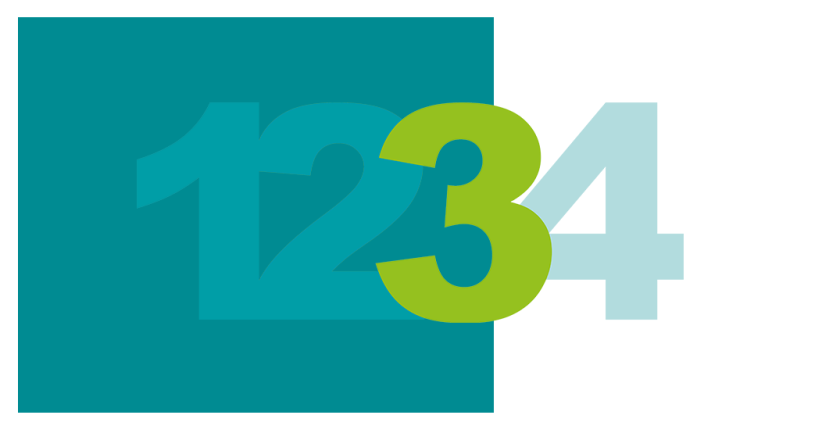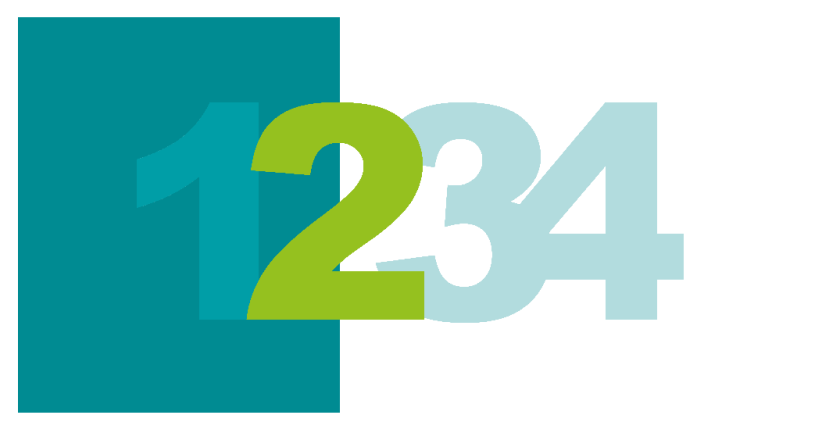
Crédit Agricole S.A. celebrates its 101st anniversary
Like IBM, Coca-Cola, Heineken, Renault, Hermès and a few thousand other global companies, Crédit Agricole S.A. has been around a century... for a year. The various lockdowns prevented us from celebrating this anniversary properly and on the planned date.
In France, there are only 1,500 hundred-year-old companies. Many have lived through two world wars and all have recovered from economic crises, technological disruptions and major political changes. Beyond the symbolic date, this celebration is an opportunity to reflect on the events that have marked the history of Crédit Agricole S.A. through an exhibition and a film. It also raises the question of the secret to longevity because, if there is no recipe for successfully traversing generations, we find that long-lasting companies have several points in common, including the ability to anticipate.
Crédit Agricole S.A.: a century of history
The story of Crédit Agricole S.A. began on 5 August 1920 when the Office National du Crédit Agricole was established to act as a central clearing house between the Regional Banks and afford greater autonomy to what had until then been only a division of the Ministry of Agriculture.
Its name was changed to Caisse Nationale de Crédit Agricole in 1926, mainly to avoid any risk of confusion with the agricultural offices set up in France’s départements and regions in order to boost agricultural output. This was also an opportunity to reaffirm the names of Crédit Agricole’s three tiers: Caisse Local (local bank), Caisse Régionale (regional bank), and Caisse Nationale (national bank).
More than sixty years later, in 1988, the Caisse Nationale was transformed: from a public establishment under State control, it became a French public limited-liability company (Société Anonyme), with the majority of its capital being controlled by the Regional Banks. This is what has been called pooling.
The past century has seen the rise of a powerful mutual group that has always looked out for its customers’ interests, in all circumstances, by adapting in response to societal changes and challenges.
This one hundredth birthday is also an opportunity to pay tribute to all those who have played a part in this great adventure, both in the past and today.
Corporate longevity: a common DNA
The average age of centenarian companies in France is 147 years, or five generations. The longevity of these groups is all the more exceptional since it is not the norm: according to a study conducted in 2015 by the Boston Consulting Group, the average lifespan of companies dropped by nearly half between 1950 and 2010. According to the McKinsey firm, the average life of a company listed on the S&P 500 was 61 years in 1958. It has now fallen to under 18.
What is striking is that companies that survive to one hundred more or less consciously follow a similar modus operandi.
An article published in the Harvard Business Review, an American business journal published monthly since its founding in 1922 (almost a hundred years ago) by the Harvard Business School, identifies four key factors of longevity, which the authors (Alain Bloch and Isabelle Lamothe) call “the secrets to the resilience of hundred-year-old companies.”
First, these companies are frugal in all areas, including that of high reliability: maximizing the impact of even the smallest resource is a true mindset that guides their actions, a form of prudence vis-à-vis the uncertain future. They all attach the utmost importance to the reliability of their processes, and nothing could be more pertinent if we consider that resilience requires the capacity to avoid shocks wherever possible, and to limit the impact of those shocks that cannot be avoided.
Next, these companies are “ambidextrous” in the sense that they are capable of innovating without neglecting current operations. They are able to simultaneously engage in a rigorous exploration of new activities without neglecting the exploitation of their current skills, even as it has been shown that these two approaches most often require very different, even contradictory, capacities in practice. They have a keen sense of adaptation.
Another hallmark: loyalty to their employees. And the strength of these companies lies in the fact that this loyalty is generally reciprocal. Centennial companies develop a social pact that favours recognition and the right to make mistakes. Centennial firms know how to make the work of their employees visible, in the sense that they pay genuine attention and even a form of deference to individual expertise and development. Above and beyond assembling teams of employees, these companies host a real community that is anchored in a strong sense of belonging and shared values: respect and appreciation of men and women. This unique social pact is credible in the eyes of employees, because these century-old companies have demonstrated throughout their history and the hardships they have endured that people are not a simple variable to be adjusted. This mindset reflects a second fundamental point: the right to make mistakes.
Finally, the executives of these companies, whose terms of office last longer than the average term, do not hesitate to draw on the past in order to shape the future. The majority of them develop a “resilience-focused” leadership style. Much like large family businesses, they do not hesitate to put the sustainability of their business before its immediate performance.
It may be presumptuous to assert that the Crédit Agricole Group follows this mode of operation to the letter and that its sustainability is guaranteed. However, the traits common to century-old companies mentioned above echo the raison d’être that we formalised in 2019 for the entire Group. This confirms our belief that we are on the right course and that, perhaps, future employees of Crédit Agricole S.A. will celebrate the company’s 200th anniversary.
Sources
Alain Bloch and Isabelle Lamothe. “L’Eternité en héritage. Enquête sur les secrets de la résilience des organisations”. Descartes?& Cie, September 2014.
“Le Long Terme comme horizon”, by Philippe Durance and Régine Monti. Odile Jacob, 264 pages, 23.90 euros.





